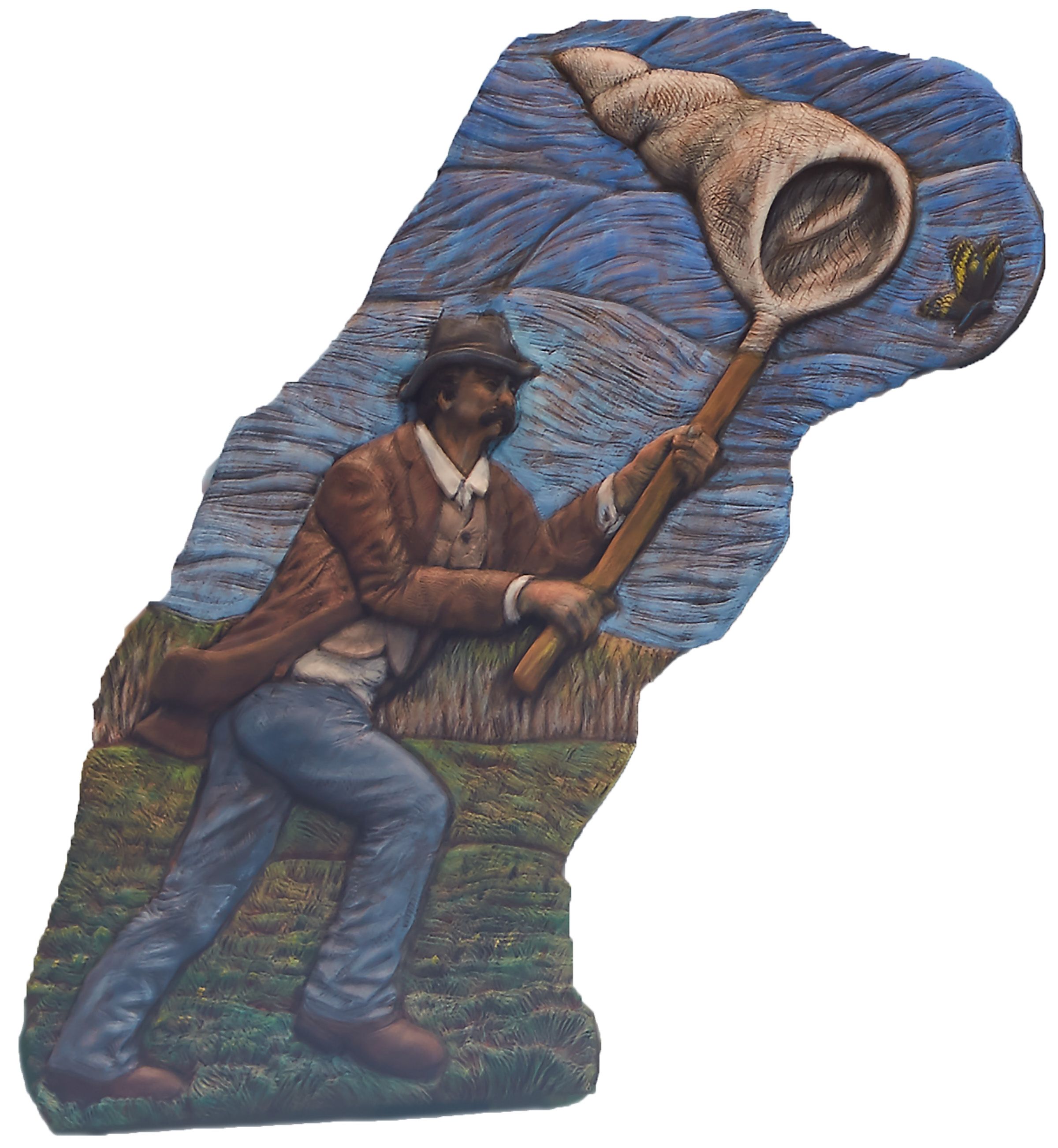
Early trails used by the First Nations peoples were related to travel from place to place, as well as economic fur trade of the time. One of the branches of the Buffalo Lake Trail, used by First Nations and Métis to transport pemmican, buffalo meat, hides, furs and robes for trade, ran east from the Rocky Mountain House Hudson's Bay Company (HBC) trading post. It passed between Sylvan and Gull Lakes, then crossed the Blindman River before splitting left to Lacombe and right, following the north bank of the Blindman River to Burbank, where it continued east before splitting again, north to Buffalo Lake and south to Tail Creek.
The early trails were also used by freighters, missionaries, whiskey traders, North West Mounted Police, and all types of settlers. Prior to the railway coming through central Alberta in 1891, the rivers and trails such as the Buffalo Lake Trail were the primary modes of transportation.
The main source of survival in the mid to late nineteenth century of what is now Central Alberta and beyond, was the Buffalo Hunt. The buffalo herds were plentiful in the parkland between the North Saskatchewan and Red Deer Rivers. Hunts were carefully organized in the spring and fall, and whole families headed out into the prairie for weeks or months at a time. These large hunting parties were efficient, with herds either driven into corrals, shot, or run off cliffs known as buffalo jumps.

Ruins of the Fort at Rocky Mountain House in 1884 photo by James W. Tyrrell
The Rocky Mountain House fort and trading post was built in 1799 by the HBC and operated seasonally until 1875. Multiple Indigenous groups traded goods such as pemmican and dried meat, robes, and skins. At the fort, Indigenous trading practice was followed, which involved the exchange of gifts, after which trading would begin. Frequently, HBC would buy horses as well. A horse may be worth up to 50 Made Beaver (MB) a prime beaver pelt being the medium of exchange. In return, goods traded for the horse could be a gun worth 15 MB, ball and powder worth 10 MB, a blanket worth 10 MB and tobacco worth 15 MB. The pelts would then be shipped by voyagers in York boats, heavily loaded for the trip down the North Saskatchewan River, to York Factory.

The buffalo numbers dropped to about 30 million by 1820
From an estimated 60 million buffalo roaming the prairies circa 1700, the buffalo numbers dropped to about 30 million by 1820. They were quickly disappearing during the 1870s due to sport hunting and over-hunting for their hides, and also from political policies aimed at taking away the Indigenous key food source. By the mid-1880s, they had all but disappeared.
Indigenous peoples generated petitions to save the buffalo, and an initiative was undertaken in 1906 by the Canadian Government who purchased a small herd from Montana and moved them, with the help of Métis and other Indigenous Peoples, by rail car to Wainwright & Elk Island, AB, where populations have thrived over the years.







